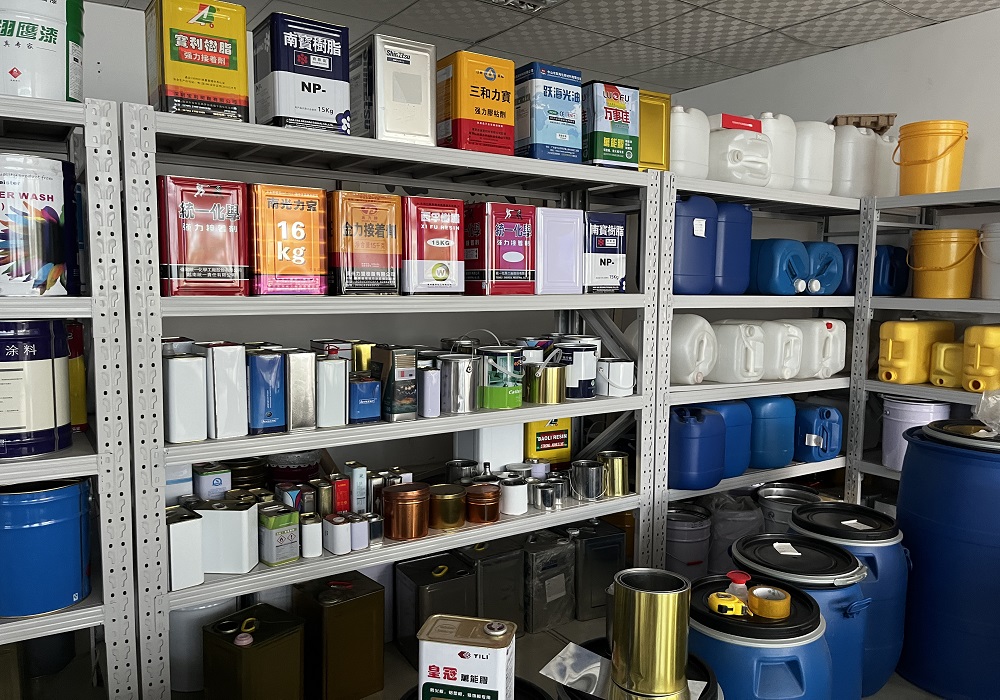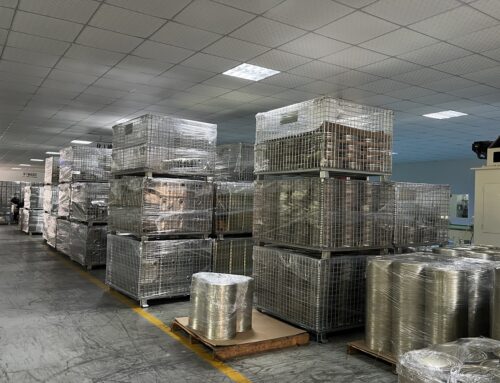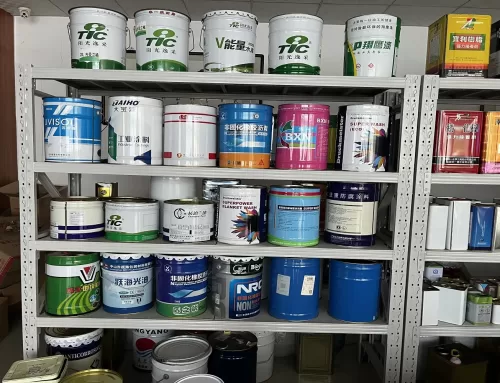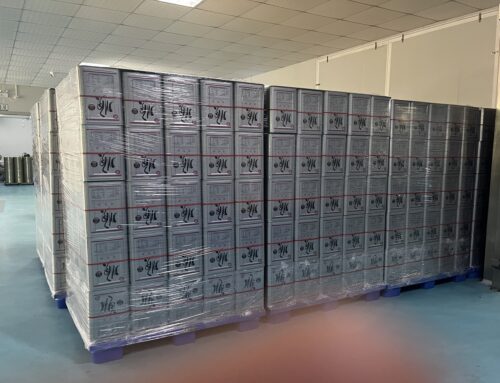Jiujiang Yixin provides Tin Can Making Machine Solutions. We have many years of experience in the field of can sealing.
(1)Function of Canning Sealant
The primary function of canning sealant is to achieve a seal within the double roll edge of the can. This seal, known as a “compression seal,” provides protection to the contents of the can during handling, storage, transportation, and even in the event of physical impact to the roll edge itself.
1.2 Main Components
(1)Elastic Polymer: The foundation of canning sealant is rubber, a type of elastic polymer or polymer with high molecular weight. Rubber varieties include synthetic polymers (derived from petroleum) such as Styrene-Butadiene Rubber (SBR), Butyl Rubber, Chloroprene Rubber, Acrylonitrile, etc. Natural Rubber (NR) harvested in latex form from rubber trees is also used.
(2)Mineral Fillers: The most crucial additive is mineral fillers like calcium carbonate and kaolin. Their functions include reinforcing polymers, adjusting liquid viscosity, and controlling costs without compromising essential physical properties.
(3)Tacky Resins: Natural and synthetic tacky resins (such as rosin esters, terpenes, diolefins, etc.) play a vital role. These low molecular weight polymers act as plasticizers for rubber, enhancing viscosity, adhesion, water resistance, and aiding in controlling the rheological properties of liquid and solid sealant films.

Minor Components
While rubber, fillers, and resins make up the majority of can sealant films, there are many other formulations of sealants that are also very different.
A very important “secondary ingredient”. The most important of them are:
(1)Antioxidants: Rubber and resins are prone to premature degradation when exposed to oxygen, ozone, and heat. Antioxidants prevent degradation during storage and transportation. Properly formulated canning sealant should have a useful “life” of at least one year.
(2)Preservatives: Also known as antimicrobial agents, they prevent the growth of bacteria and molds in liquid sealants and under the sealant film. Preservatives become essential, especially in humid and hot climates where two out of the three conditions required for microbial growth are met by water-based sealants.
(3)Pigments: Inorganic pigments like titanium dioxide, carbon black, iron oxide provide opacity and color to liquid sealants and canning sealant films. The color can be contrasted with coatings on metal can lids for visual inspection of the sealing effect.
(4)Corrosion Inhibitors: Used mainly in water-based sealants to prevent rusting of storage and application equipment. They are crucial in preventing corrosion under the sealant film on inadequately painted or unpainted steel can lids.
(5)Viscosity Modifiers: The use of synthetic or natural thickeners to increase and/or stabilize the viscosity of liquid sealant is necessary. Viscosity must be low enough for easy flow through the injection nozzle and high enough to prevent post-injection flow on the lid.
(6)Surfactants/Dispersants: These multifunctional components, typically fatty acid salts, disperse solid materials into water, reduce surface tension, allowing the sealant to wet and spread uniformly over coated can lids. They play a crucial role in maintaining viscosity stability within a wide temperature range and “shear force interval.”
This comprehensive set of components ensures the effectiveness and longevity of canning sealant under various operating conditions.




